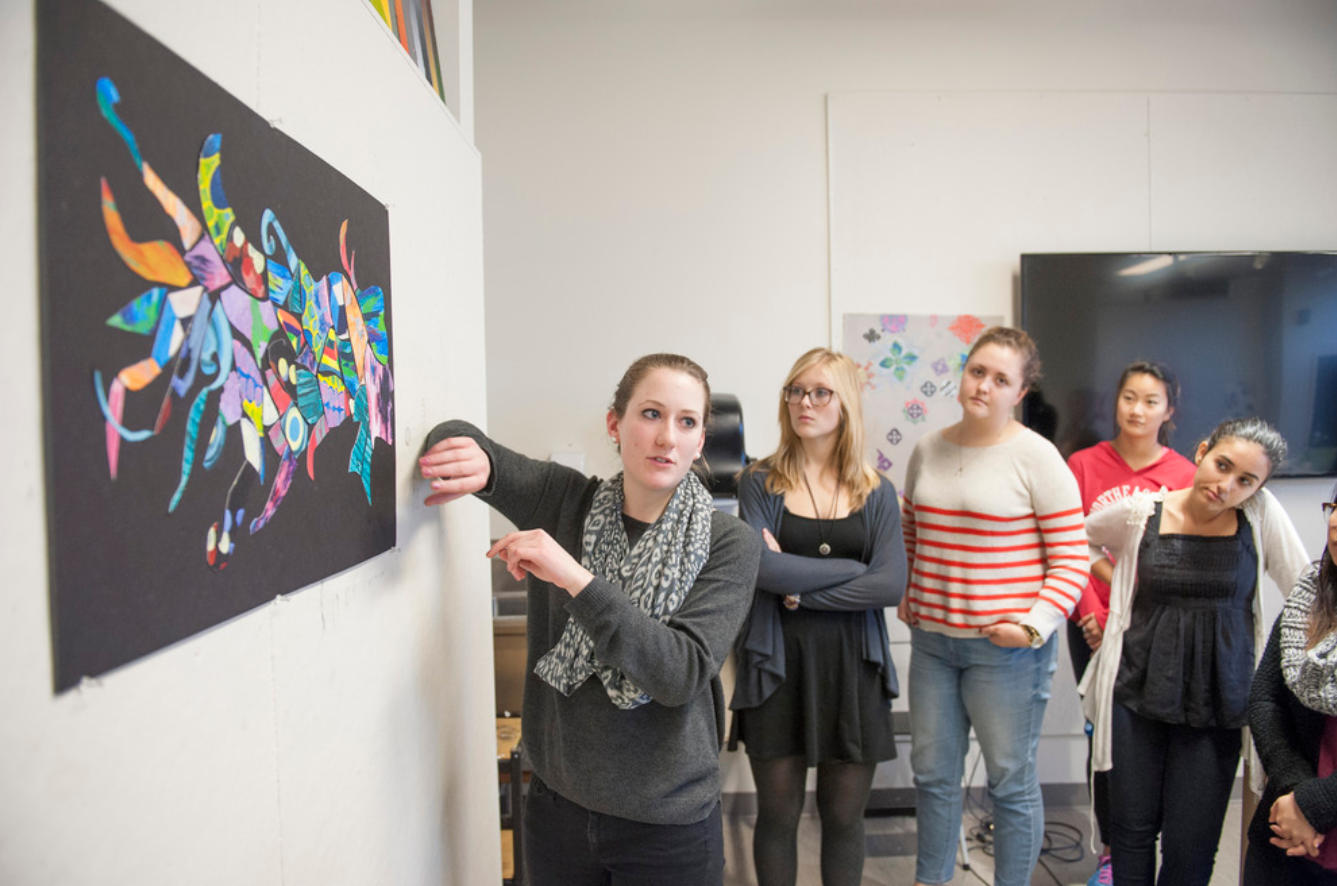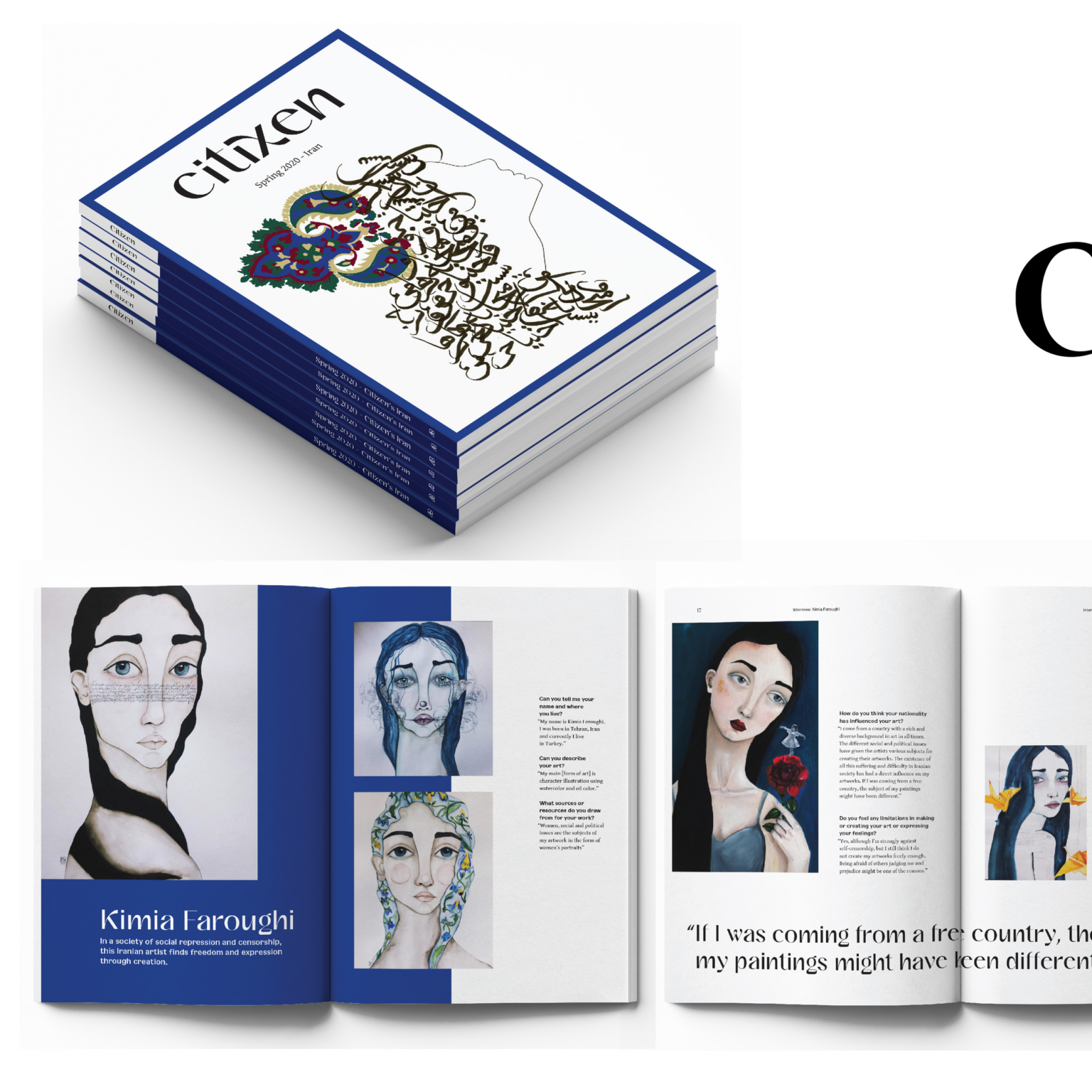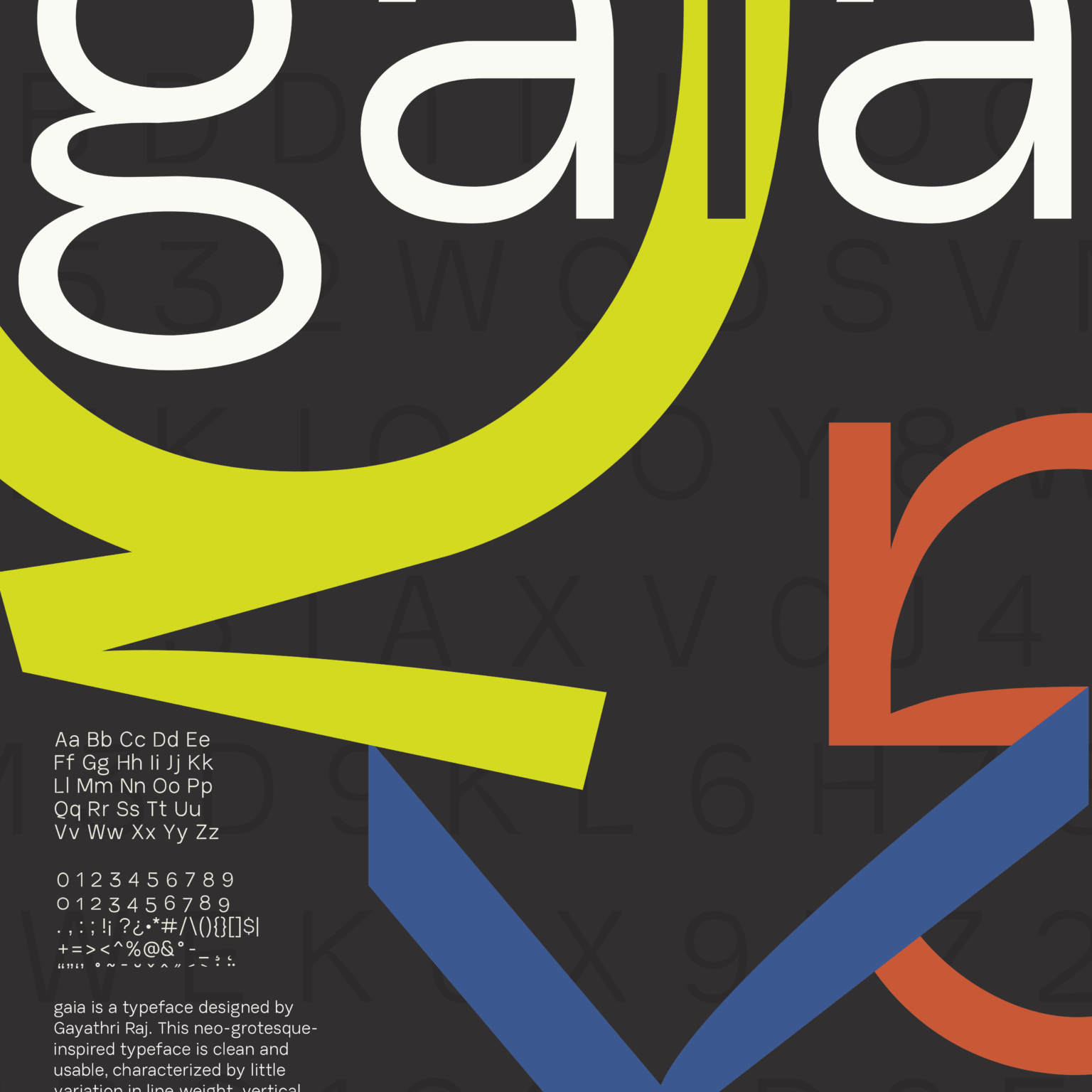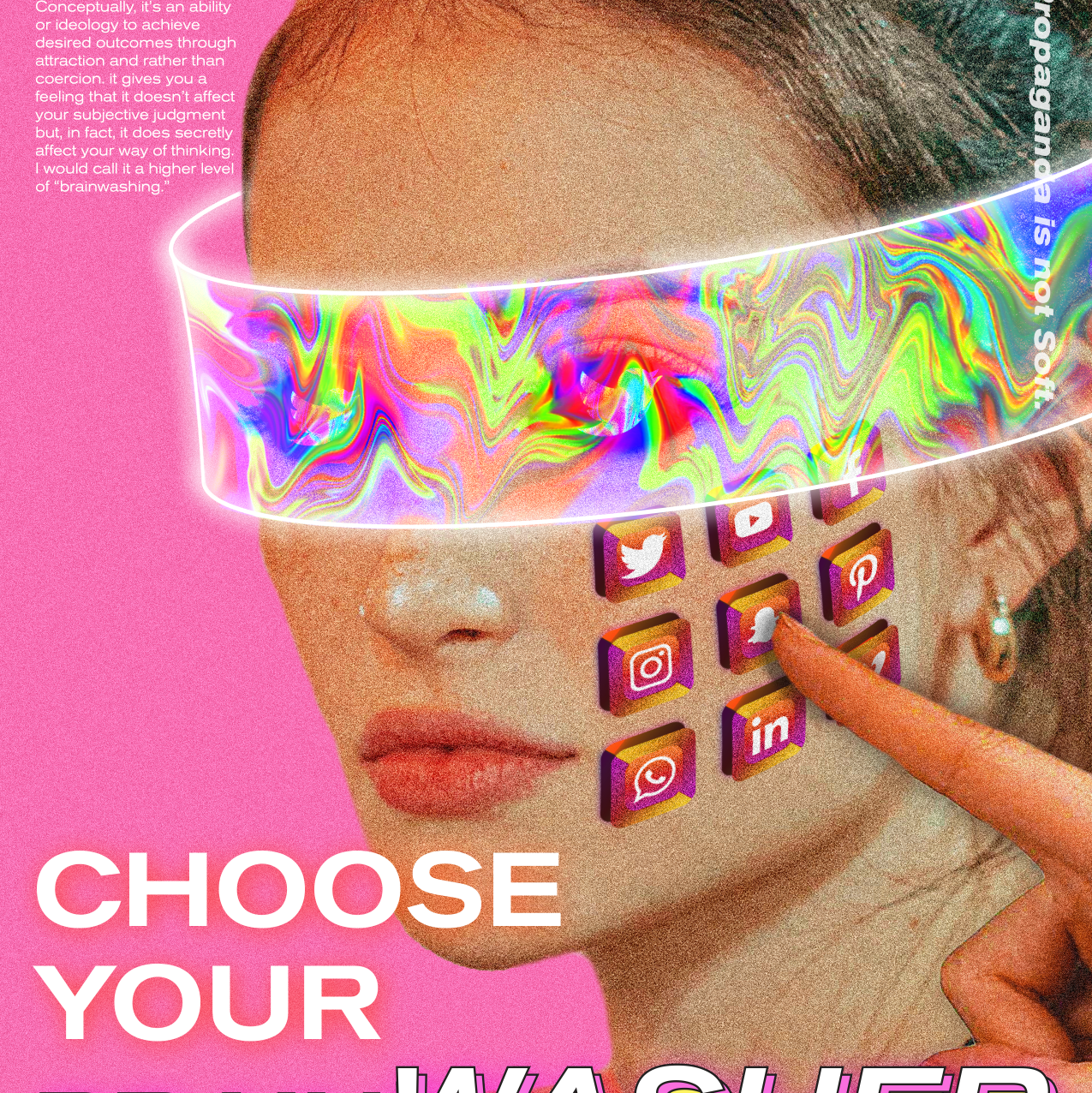Career Opportunities
- Application Support Developer
- Back End Engineer
- Creative Developer
- Designer
- Director of Development
- Experience Designer
- Frontend Developer
- Frontend Engineer
- Fullstack Software Engineer
- Graphic Designer
- Interaction Designer
- Interface Designer
- Product Designer
- Software Designer
- Software Engineer
- Software Engineer
- UI/UX Designer
- User Interface Engineer
- Web Developer & Designer
Multidisciplinary Skills
collaboration
creative problem-solving
critical thinking
data analysis
design research
design software
experience mapping
graphic representation
fabrication
facilitation
human factors
information design
interviews
leadership
listening
observation
personas
programming
project management
problem framing
rapid prototyping
semiotics
sketching
technical skills
typography
UI/UX design
user stories
user testing
verbal and written communication
visual synthesis
visualization
Share
Gain an understanding of computing that is critical in business, healthcare, science, design and other areas of our information-driven society. Computing knowledge and computing technology also contribute to resolving major issues in an increasingly complex world. Design proposes alternative futures and creates new choices using principles and processes to create, compose, and construct meaning. Students in this combined major often have an interest in human-centered design methods used in developing digital interfaces and applications that allow audiences to take an active role to achieve meaningful goals. Seeking a broad understanding of principles and systems of perception, communication, and action, their work connects people to people and people to information and environments.
The combined major in computer science and design integrates fundamental design courses with a strong programming foundation. You’ll declare a concentration in interaction design, graphic and information design, or experience design. Students in this major often have an interest in human-centered design methods used in developing digital interfaces and applications.
Learning Outcomes
Computer Science learning outcomes
Students will be able to:
- Create formal data definitions given an English-language description of a problem, and apply these data definitions to create and verify specific data examples.
- Apply a series of systematic design recipes to a variety of programming problems, including documentation, template, coding, and testing steps.
- Utilize a class-based (object-oriented) language to solve a variety of computing problems.
- Verbally articulate the benefits and drawbacks of solving different problems using programming paradigms.
- Write mid-sized programs using concepts (e.g., objects, classes, messages, methods, interfaces, encapsulation, polymorphism, and inheritance) of object-oriented programming.
- Create and maintain applications using the Java programming language.
- Create a software system by coordinating in small-scale teams, involving division of functionality, creation of interfaces, and integration and testing of software modules.
- Develop programs using a systematic design process involving specification, design, documentation, implementation, testing, and maintenance.
Design learning outcomes
- Apply iterative design processes to create, revise, evaluate, and develop effective prototypes and innovative solutions.
- Engage human-centered design research methods and systems thinking to identify and understand values, goals, motivations of intended audiences as a mode of inquiry, question framing and guide to action.
- Develop a high level of craft and technical skills in a relevant range of media and tools and effectively weigh applicability for intended audiences and outcomes.
- Develop and realize intent, concept and content with awareness of context and consequence.
- Implement visual patterns incorporating text, image, diagram including temporal and spatial representations to recognize, categorize, and articulate significant form and meaning
- Employ and embody ethical practices, team and cross-disciplinary collaboration, and effective communication and presentation skills.
- Apply relevant communication theories and principles and appreciate the pervasive and long-term impact of design decisions on people and societies.
Co-op Opportunities
- design and media sectors
- news and publishing sectors
- arts sectors
- food and beverage sectors
- fashion and travel sectors
- government and civic sectors
- health care and pharmaceutical sectors
- educational sector
- financial and business sector






